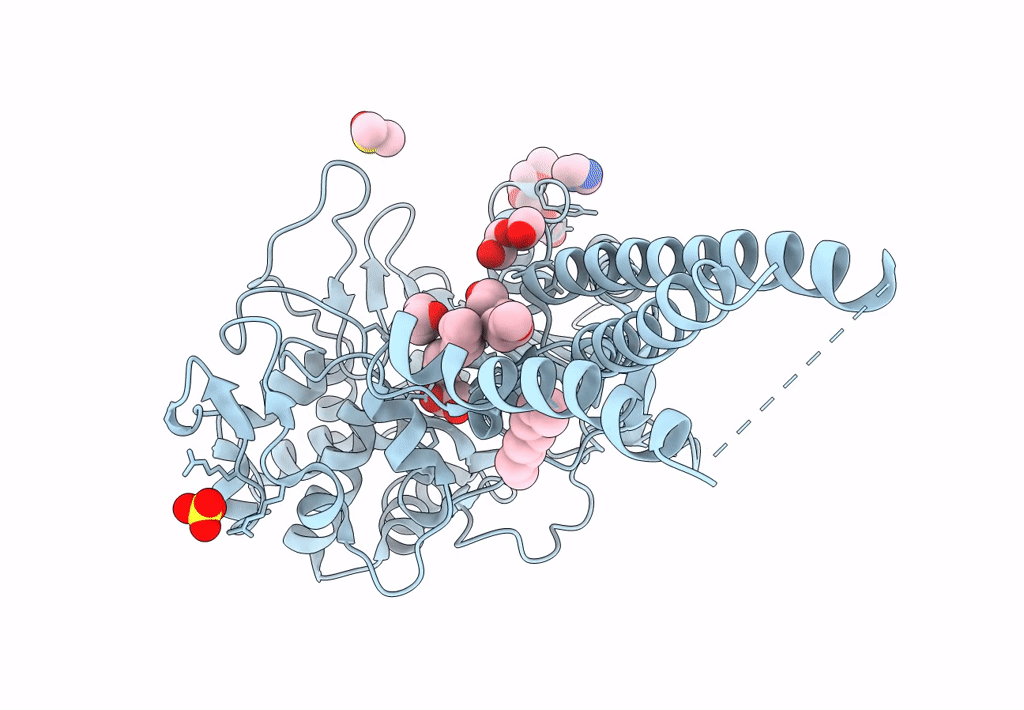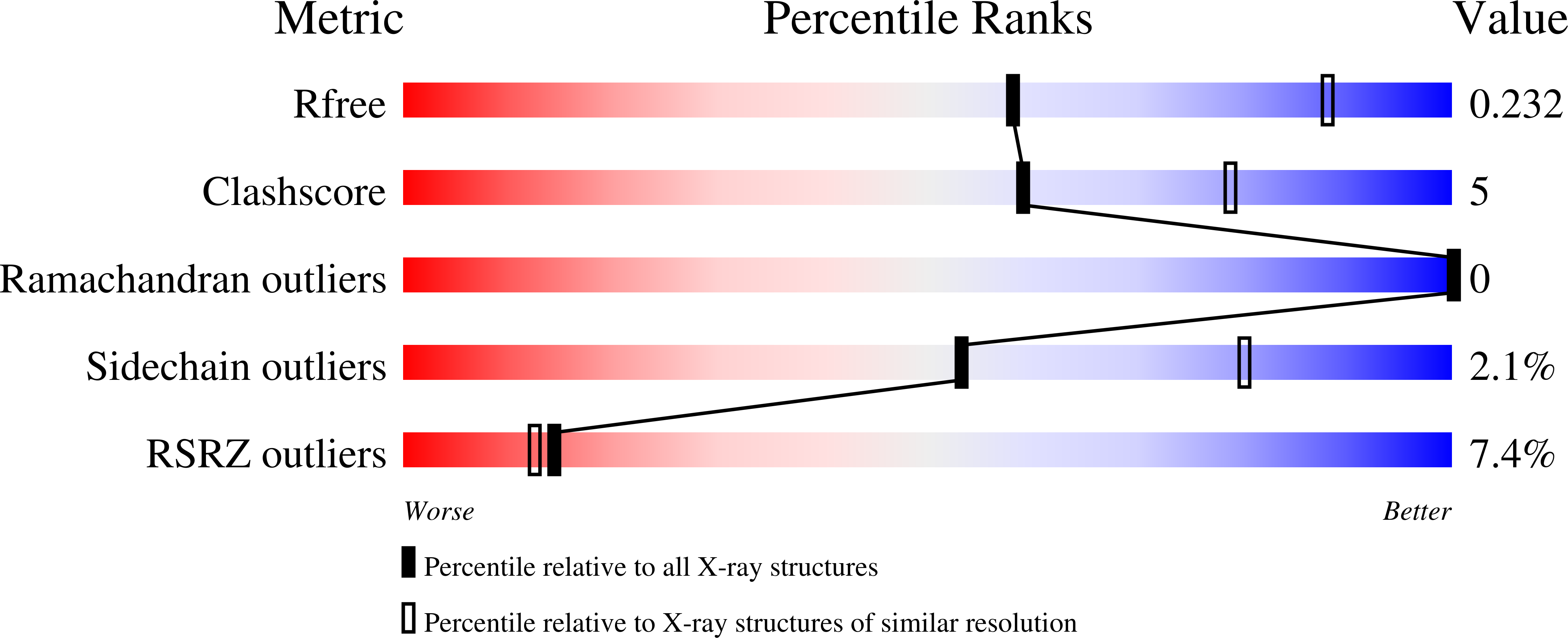
Deposition Date
2021-04-04
Release Date
2022-09-28
Last Version Date
2024-11-13
Entry Detail
Biological Source:
Source Organism:
Escherichia coli CFT073 (Taxon ID: 199310)
Host Organism:
Method Details:
Experimental Method:
Resolution:
2.70 Å
R-Value Free:
0.23
R-Value Work:
0.19
Space Group:
P 42 21 2


